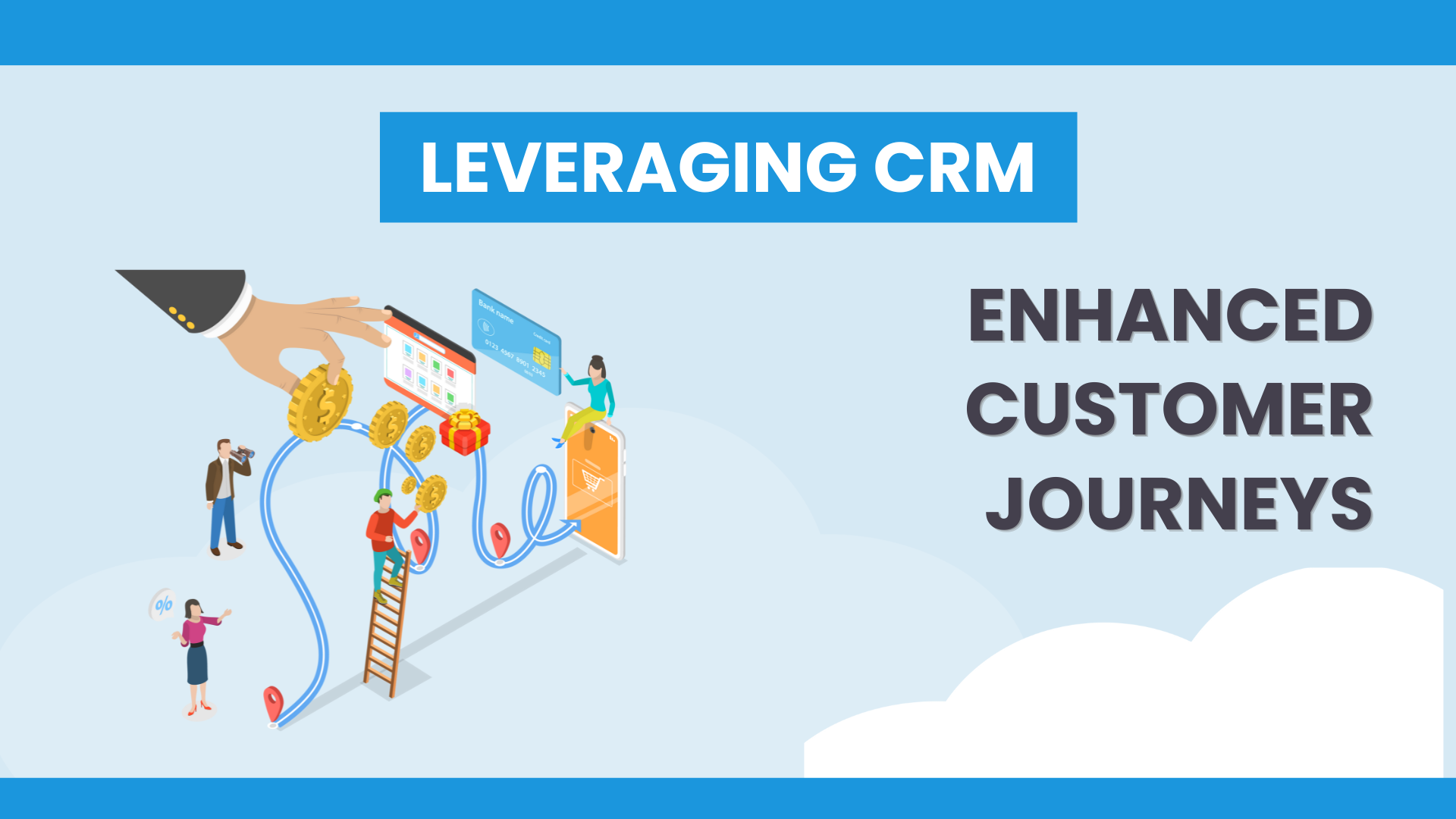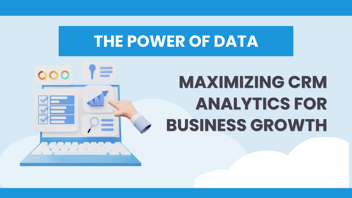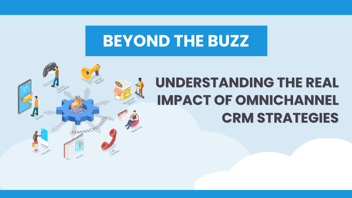In the modern business landscape, Customer Relationship Management (CRM) systems are the compass that guides companies through the intricate pathways of customer interactions. The ultimate aim is to transform these interactions into enduring relationships, turning potential leads into loyal customers. As we delve into the strategic use of CRM tools, we'll explore how they can be the critical difference in elevating a customer's journey from initial contact to a promoter of the business.
Mapping the Customer Journey with CRM
At its core, CRM is about understanding the customer journey in its entirety. It's not just a touchpoint here or a transaction there; it's the full picture – the odyssey of the customer's engagement with a brand. By leveraging CRM tools, businesses can chart this journey, identifying the stages where engagement can be improved, processes streamlined, and experiences personalized.
1. First Contact: Capturing Interest
The journey begins when a prospect first interacts with your brand. Here, CRM tools act as the first responders, capturing vital information and ensuring that no potential lead falls through the cracks. These systems can track how the customer found you, their initial queries, and their preferences, laying the groundwork for a tailored engagement strategy.
2. Nurturing Leads: Building Connections
Once a lead is captured, the nurturing phase is crucial. CRM systems can automate follow-ups, provide valuable content, and schedule reminders to ensure that prospects are engaged and informed. They help businesses to build a rapport with potential customers, showing attentiveness and interest in addressing their needs.
3. Conversion: The Moment of Commitment
The conversion stage is where a prospect becomes a customer. CRM tools can significantly enhance this process by providing sales teams with detailed insights into the prospect's interactions with the company, enabling them to tailor their pitch and close deals more effectively.
4. Retention: Cultivating Loyalty
Post-purchase, the goal shifts to retention. CRM systems can identify upsell and cross-sell opportunities, track customer satisfaction, and automate customer service responses. This continuous engagement helps to cultivate loyalty and encourages customers to become brand ambassadors.
5. Feedback Loop: Continuous Improvement
A CRM system's ability to collect and analyze feedback is invaluable. This information creates a feedback loop, allowing companies to refine their products, services, and customer interactions. By acting on customer feedback, businesses show that they value their customers' opinions, further strengthening the relationship.
CETDIGIT: Guiding Through CRM-Enhanced Customer Journeys
In this intricate journey, CETDIGIT stands out as a guide. While the specifics of CRM implementation vary widely across businesses, the core principles remain the same: understand, engage, personalize, and improve. CETDIGIT's expertise in integrating CRM solutions allows businesses to navigate the complex customer journey maze with confidence.
Conclusion
CRM is not just a business strategy; it's a commitment to customer-centricity. It's a promise to not just meet but exceed customer expectations at every turn. For businesses that want to ensure that every step of the customer journey is not just a step but a leap towards greater loyalty and advocacy, embracing the full spectrum of CRM capabilities is essential.
In this light, companies like CETDIGIT offer not just tools, but a partnership in creating customer journeys that are memorable, satisfying, and above all, valued. By prioritizing the customer journey in CRM strategies, businesses are not just investing in a system but in a future where every customer feels heard, understood, and appreciated.
Leveraging CRM for Enhanced Customer Journeys

Popular Post
- Nostalgia Marketing’s Power with Millennials & Gen Z
- SaaS Founder's Bible: The Rise, Fall, and Future of SaaS (2020-2025)- Part 1: Navigating Market Shifts
- Sales and Sales Development in 2024: Why AI is a Must-Have for Growth
- CETDIGIT's Innovative Approach to Salesforce & HubSpot CRM Implementation
- What is Salesforce CRM?
Subscribe
Similar Blogs

The Power of Data: Maximizing CRM Analytics for Business Growth
IntroductionIn the age of information, data is often referred to as the "new oil". Businesses,...
READ MORE
Beyond the Buzz: Understanding Omnichannel CRM Impact
IntroductionOmnichannel has become more than just a buzzword; it's a cornerstone for businesses in...
READ MORE
Igniting Your Email Strategy: The Importance of Warming Up Domains and IPs
Email marketing remains one of the most effective digital marketing channels, but to leverage its...
READ MORE
Leave a Comment